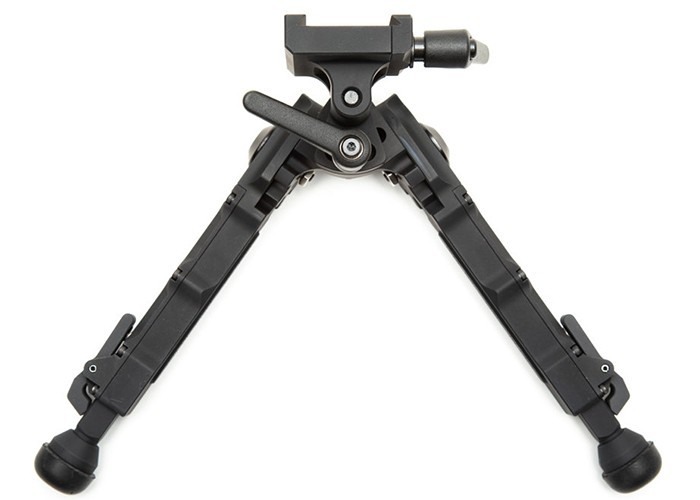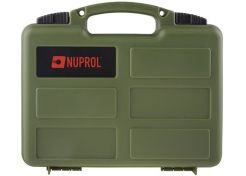Why use a pistol case?
A pistol case will give your weapon the best protection against knocks and scraping during transport. Because of the hard exterior, a hard pistol case offers a higher level of protection than a soft pistol case. While the soft foam absorbs the impact, it’s the hard shell that takes the hit and spreads the forces evenly, while preventing pointy objects from penetrating and doing damage. Besides that, a pistol case will prevent dirt from entering in between the moving parts of the gun. In addition, a pistol case will also offer a good protection against moisture. Most are perfectly capable of enduring a bit of rain, while some even feature a rubber seal that’ll make for a completely waterproof case.
Another important point, is that a pistol case will help you to transport your pistol or revolver in a legal way. In most countries (but please check with your authorities) you’re not allowed to have the weapon in reach for immediate use, or at hand so to say. A hard pistol case will definitely let you comply to this legislation. And, as a bonus, it will perfectly conceal its content too.
What is the best pistol case?
A universal hard pistol case will most of the time have a shock absorbing egg crate foam interior. This will hold the pistol or revolver in place. Some even offer space to put in a few magazines too, provided that you leave plenty of space between the objects to prevent damage by rubbing or rattling. So, in the foam department, pistol cases mostly are all the same.
Where they differ, though, are the outer body and the closing mechanism. The exterior is often made from synthetic material and sometimes from aluminium. Synthetic material has the advantage of being able to spread the force of impact over a large area, so the foam will only have to deal with a spread-out force over a large area to absorb. Aluminium won’t spread the force of impact, but instead it will absorb it locally.
Regarding the closing of the pistol case, there are multiple systems and it all comes down to preference. Often used, are sliding closures, but there are also clasps or latches. Some pistol cases even feature a number lock, others have the possibility to attach a padlock to protect the contents of the pistol case from unwanted handling.
So, now you know the similarities and differences, it won’t be hard to decide which pistol case is best for you. But before you decide…
Buying a pistol case
Very important when buying a pistol case, is to take into consideration the size. We always meticulously take both inner and outer measurements for you to exactly know what to expect.
A very helpful trick is to put your pistol on a piece of paper and if you want to take extra magazines with you in the pistol case, put them on the paper too. Make sure the distance between all elements is enough to prevent chafing and rattling and be very generous with that. Now draw a rectangle around the lot, also with plenty of space left. Most of the impact will be coming from the corners and not from the flat top and bottom. That’s why you want to have plenty of foam around the pistol to absorb shocks. The width and hight of the drawn rectangle will be the minimal internal sizes of the pistol case that you need.






















 Fast & secure delivery
Fast & secure delivery Secure shopping & payment
Secure shopping & payment Lots of expertise
Lots of expertise






